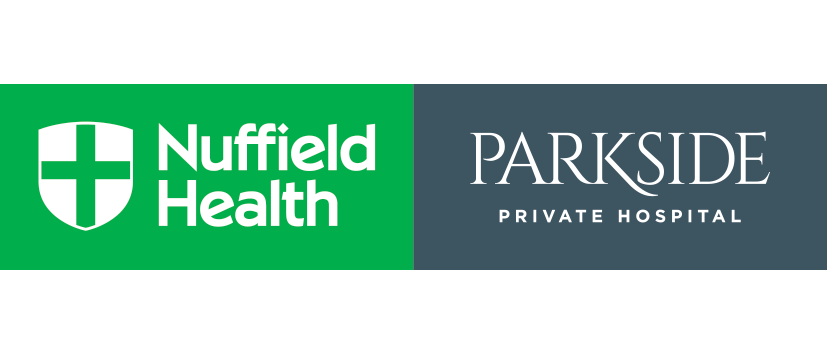Femoral Hernia Repair
This page will provide you with information about femoral hernia repair. For further details, please speak to your consultant.
What is a hernia?
A hernia is a weak spot in the muscle or tissue wall which causes an internal part of the body to push through. Muscles are usually strong enough to hold intestines and organs in place, but when this fails a hernia can arise.
What is a femoral hernia?
These are a rare form of hernia with only 1/20 groin hernias being a femoral one – most are inguinal hernias.
These are characterised by a painful lump on the inner, upper section of the thigh or groin. It can usually be pushed back in and may disappear completely when you lie down. A hard cough or strain can cause the lump to reappear.
What causes femoral hernias?
They are caused by fatty tissue or a section of bowel pushing through into the groin at the top of the inner, upper thigh. It pushes through a weak spot in the abdominal wall into the femoral canal – a space in which blood vessels and nerves pass in and out of the leg.
These are more common in women – especially older women – due to them having a wider pelvis. They are very rare in young children.
Strain to the abdomen – such as with constipation, or carrying heavy loads – can lead to a femoral hernia. Obesity and a constant, heavy cough can also lead to this type of hernia.
What are the benefits of surgery?
Surgery is often recommended to push the bulge back into place and also provide extra strength and support to the weak spot in the muscle wall that caused the hernia. Treatment of this type of hernia is usually recommended straight away as they can lead to more complications than other types of hernia.
These complications include:
- Obstruction – where part of the bowel becomes lodged in the femoral canal leading to a painful lump in the groin, nausea and stomach pain.
- Strangulation – where part of the bowel becomes trapped, cutting off the blood supply to the area. Surgery to the affected tissue will need to be performed within a few hours.
Surgery will usually completely repair the hernia and reduce the risk of the above two complications. However, hernias can sometimes re-appear after an operation.
What will happen during the operation?
There are two forms of surgery for femoral hernias. Your surgeon will decide which is the most appropriate for you.
- Open surgery – one large incision is made so that the surgeon can push the lump back into place within the abdomen.
- Keyhole surgery (laparoscopic) – a number of smaller incisions are made so that the surgeon can repair the hernia using small instruments inserted via the incisions.
Risks and complications
Any risks or complications will be discussed in advance of your treatment with your expert consultant.
Recovery
Most patients can return home on the same day or the day after surgery. You will be given painkillers for what can be a sore or uncomfortable feeling in the groin. Patients will be advised to avoid straining the wound and to keep it clean and dry. Following high-fibre diet with lots of fruit, vegetables and fluids can help to reduce the risk of constipation. Six weeks is the usual recovery period for femoral hernia surgery. Most people, however, find they are capable of returning to driving, work and carrying out light activity within a fortnight.
References
EIDO Healthcare Limited – The operation and treatment information on this website is produced using information from EIDO Healthcare Ltd and is licensed by Aspen Healthcare.
The information should not replace advice that your relevant health professional would give you.
